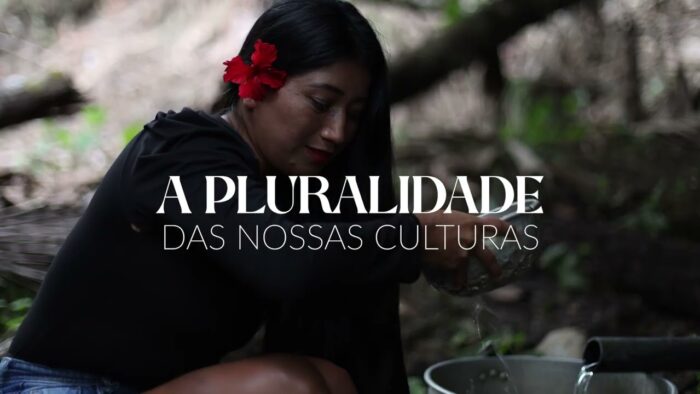El Grupo Banco Mundial presenta su nuevo programa de apoyo al Perú
WASHINGTON, D.C., 2 de mayo de 2017 – El Grupo Banco Mundial lanza hoy su nuevo programa de apoyo al Perú que se alinea con el plan de modernización del Estado al 2021, año en el que el país celebrará su bicentenario de independencia. El Marco de Alianza con el País (MAP) para el período 2017-2021 fue endosado hoy por el Directorio Ejecutivo del Banco Mundial. El marco, con un monto aproximado de US$500 millones en los primeros dos años, apoyará tres pilares estratégicos: productividad para el crecimiento, servicios al ciudadano en todo el territorio, y gestión del medio ambiente y los riesgos asociados al cambio climático. “Con este nuevo MAP el Banco Mundial refuerza su compromiso con el pueblo peruano y respalda los esfuerzos del Gobierno del Presidente Kuczynski para mejorar la eficiencia y eficacia del estado y acercarlo a sus ciudadanos. Todas las iniciativas del Grupo Banco Mundial, buscan mejorar la calidad de vida de todos los peruanos y especialmente del 40 por ciento de la población que cuenta con menores recursos”, afirmó Alberto Rodríguez, Director del Banco Mundial para Bolivia, Chile, Ecuador, Perú y Venezuela. El Perú ha tenido importantes logros económicos y sociales en las últimas dos décadas: un crecimiento económico sostenido y una reducción de la tasa de pobreza de 58 a 22 por ciento de la población entre el 2004 y el 2015. Además, su manejo macroeconómico responsable y su experiencia en reducción de la desnutrición son reconocidos globalmente. El país enfrenta todavía importantes desafíos de desarrollo, sin embargo. La falta de conectividad entre centros productivos y sus fronteras o puertos, la escasez en innovación, la necesidad de aumentar y sostener la inversión privada, y la baja calidad en servicios públicos básicos en todo el territorio, incluyendo agua y saneamiento, salud y acceso a justicia para todos, son algunos de ellos. En un contexto económico global menos favorable, el incremento de la eficiencia del Estado jugará un rol aún más importante para conservar los logros y continuar profundizando la prosperidad compartida de todos los peruanos. El MAP contempla instrumentos financieros, de asistencia técnica e intercambio global de experiencias para contribuir a los principales objetivos del Gobierno. Para lograrlos, el GBM se enfocará en: · Promover la productividad para el crecimiento, mejorando la conectividad, con un enfoque en los puntos más críticos del territorio. · Mejorar, entre otros servicios, el acceso y la calidad del agua potable y saneamiento, objetivo bandera del Gobierno. · Fomentar la capacidad de gestión de recursos naturales y riesgos de desastres asociados al cambio climático, enfocando en particular en la reconstrucción después de los severos estragos causados este año por el fenómeno meteorológico del “Niño Costero”. El proceso de preparación del MAP ha incluido una serie de consultas con los sectores público y privado, así como con organizaciones de la sociedad civil. El portafolio actual del Banco Internacional para la Reconstrucción y Fomento consiste de 15 proyectos de inversión y una subvención del Fondo Mundial para el Medio Ambiente por un total de US$900 millones. Adicionalmente, el Perú tiene acceso a cuatro líneas de crédito de contingencia por US$3 mil millones, incluyendo dos DPF-DDOs (Fondo de Desarrollo de Políticas con Desembolso Diferido) y dos por Opción de Desembolso Diferido ante Catástrofe (CAT-DDO). El portafolio activo de la Corporación Financiera Internacional es de US$718 millones y trabaja con 20 instituciones en el país. El portafolio activo del Organismo Multilateral de Garantía de Inversiones incluye un contrato con exposición bruta de US$6.2 millones en respaldo de la concesión del aeropuerto internacional de Lima.


